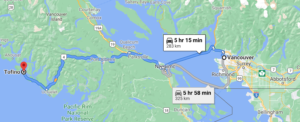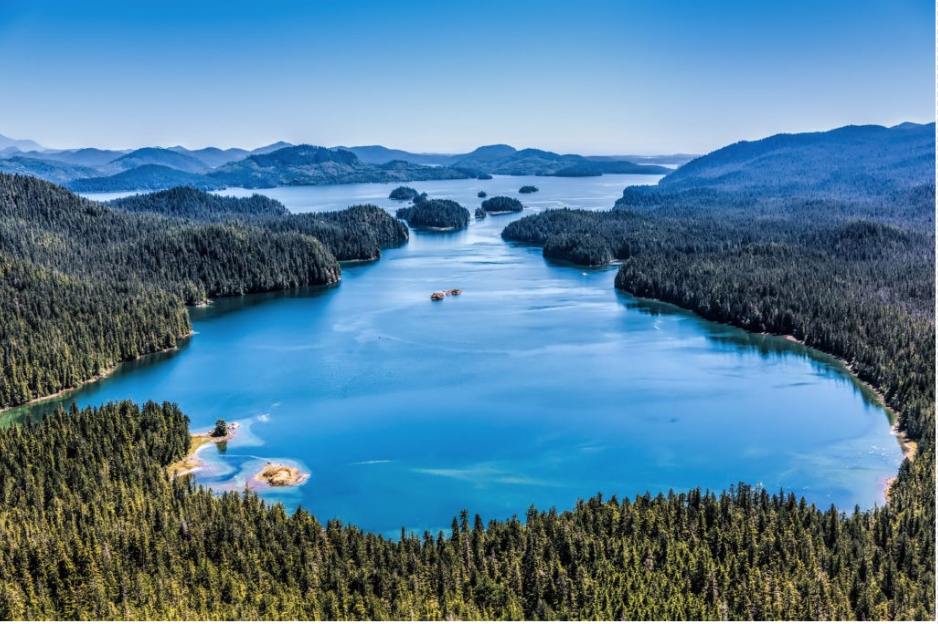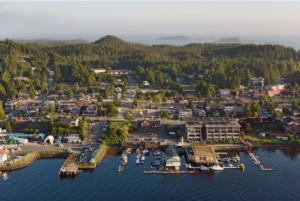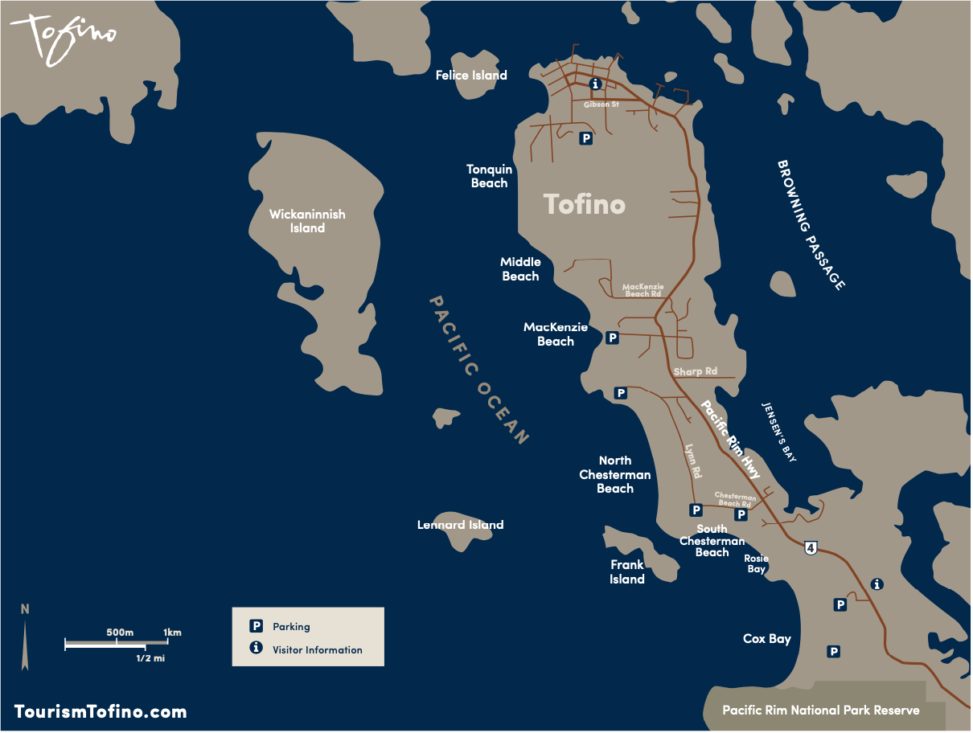The feature image of this page is a map of the Tofino area. It is a small peninsula located on the south end of Vancouver Island. It is only accessible via a ferry from the mainland of Vancouver. After the two-hour ferry ride, visitors will then have to drive three hours across the island to arrive in Tofino. Tofino can also be accessed via float plane! The peninsula is about 10.53 km². Below is a map that shows where Tofino is relative to Vancouver. As of 2016, the population of full-time local residents is 1,932. Although, the District of Tofino has projected a large group of up to 2,500 people by the end of 2020.
Tofino
Tofino, British Columbia, Canada, is also known as the “end of the road”.
Here is the Tofino promotional video, created by Destination BC.
Tofino Tourism Statistics:
The feature image of this page is a map of the Tofino area. It is a small peninsula located on the south end of Vancouver Island. It is only accessible via a ferry from the mainland of Vancouver. After the two-hour ferry ride, visitors will then have to drive three hours across the island to arrive in Tofino. Tofino can also be accessed via float plane! The peninsula is about 10.53 km². Below is a map that shows where Tofino is relative to Vancouver. As of 2016, the population of full-time local residents is 1,932. Although, the District of Tofino has projected a large group of up to 2,500 people by the end of 2020.

Driving directions from Vancouver to Tofino from Google Maps.
Tofino is an English dominate location for local residents. However, there is a large scene of French speaking tourists and seasonal workers that come to Tofino. Tofino is situated on the traditional territory and land of the Tla-o-qui-aht First Nation of the Nuu-chah-nulth peoples. They have called this area home for over five thousand years. The First Nations who live here are experts in fishing and carving. They also have extensive ecological knowledge. Their culture is celebrated and acknowledged throughout the Tofino area. “Life in this part of the coast is underpinned by Tla-o-qui-aht ancient teachings,
especially that of Hishuk’ ish Tsawalk: from the ocean and forest to all the living creatures who call this place home, everything is connected. When you visit, know that you become a part of this greater connection too.” View the entire article here.

Taken from the Tla-o-qui-aht first nations website.
In 2018, Tofino hosted over 600,000 visitors. It was estimated that $60 million in annual wages was collected. $240,000 million is estimated to be generated each year.
In 2019, Tofino tourists spent an estimated $295 million per annum. This is based on an estimated 76,700 individual day visitors and 522,400 overnight visitors. Most tourists spend their money on accommodation estimated at $158.4 million per year. Next is food and beverages at $50 million. Activities, excursions, and entertainment comes in at $46 million. Shopping is $14 million. Lastly is local transportation coming in at $3.2 million.
These statistics are from the Economic Impact of Tourism in Tofino report.

Taken from Tofino Chamber of Commerce website
The major economic industry of Tofino is adventure activities. This mainly includes surfing, hiking, ocean kayaking, and sport fishing. 42.5% of visitors come to Tofino to surf. 40.1% to hike the many trails of Tofino. 8.8% come to kayak, and 5.7% come to fish. Most of all, visitors come to Tofino for Tofino, and the west coast lifestyle.
These statistics are from the Visitor Survey Report Results report.
